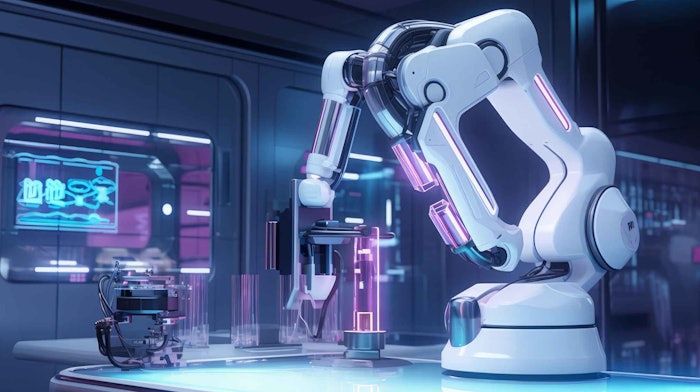
Earlier this year, the University of Toronto (UT) received an unprecedented $200 million grant from the Canada First Research Excellence Fund to advance the scientific "discovery of materials and molecules needed for a sustainable future" through its Acceleration Consortium — one of UT's several institutional strategic initiatives. Of the several initiatives funded by the grant, the latest is the Self-Driving Laboratory for Human Organ Mimicry.
The lab will primarily be led by two experts: Milica Radisic, Ph.D., Canada Research Chair in Organ-on-a-Chip Engineering and professor of biomedical engineering in the Faculty of Applied Science and Engineering; and Vuk Stambolic, Ph.D., senior scientist at the Princess Margaret Cancer Centre, University Health Network, and a professor of medical biophysics in the Temerty Faculty of Medicine.
“The lab will innovate new complex cellular models of human tissues, such as from the heart, liver, kidney and brain, through stem-cell-derived organoids and organ-on-a-chip technologies,” said Radisic. “In partnership with the Princess Margaret Cancer Centre, the lab will also enable automation of patient-derived tumour organoid cultures to accelerate the discovery of new cancer treatments.”
According to the university, the lab runs with robots and artificial intelligence performing as much as 90% of the work. That, in turn, speeds up the process of discovery by freeing researchers from the tedious process to focus on higher-level analysis.
“The Self-Driving Lab for Human Organ Mimicry will enable other self-driving labs to develop new materials and drugs by rapidly determining their efficacy, as well as their potential toxic effects and other impacts on human tissues,” said Stambolic. “While animal testing is typically the go-to method to assess the safety of new molecules made for humans, this lab will replace trials involving animals with organoids and organs-on-chips. This will allow us to advance to human clinical trials much more quickly.”










